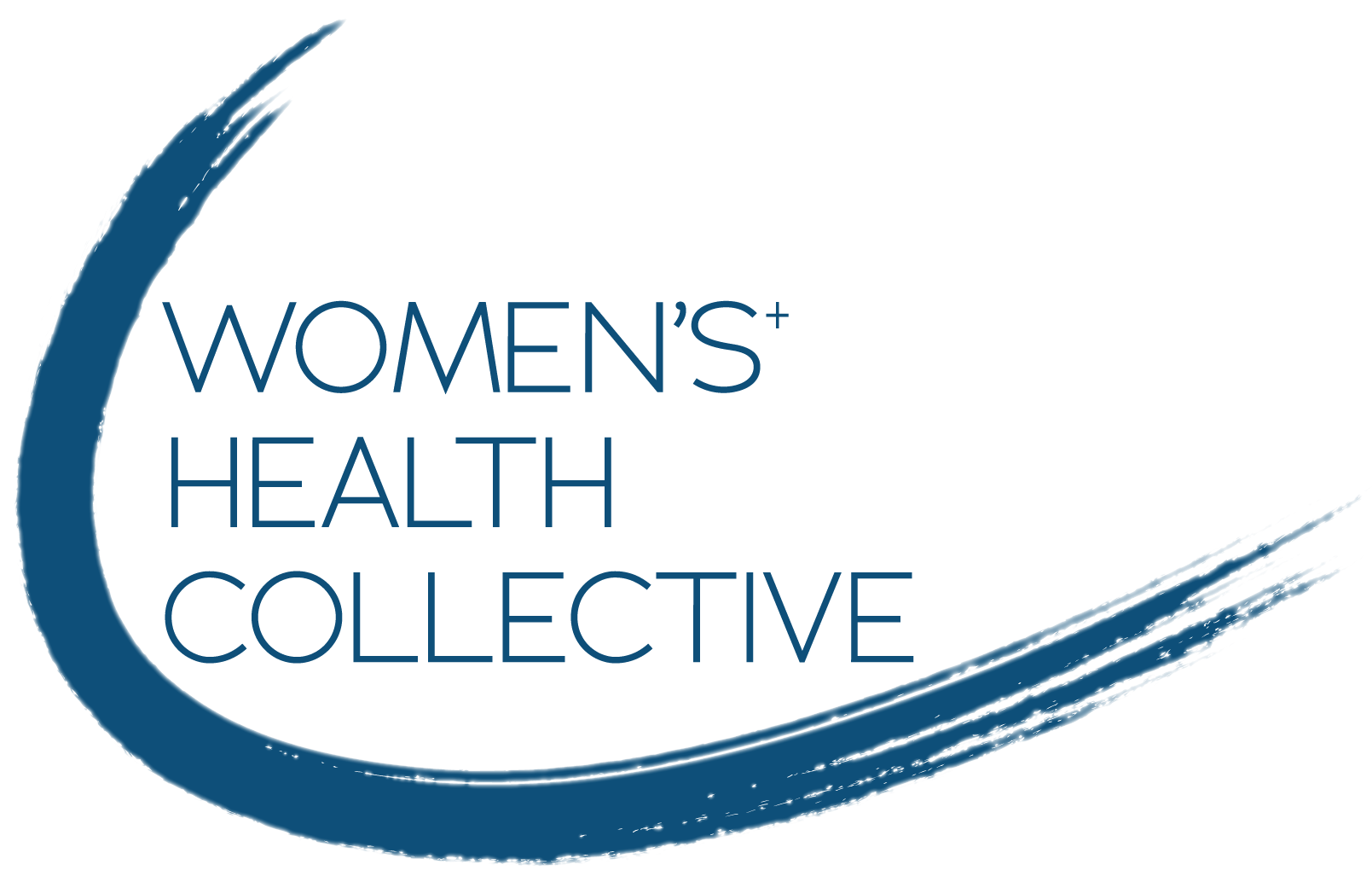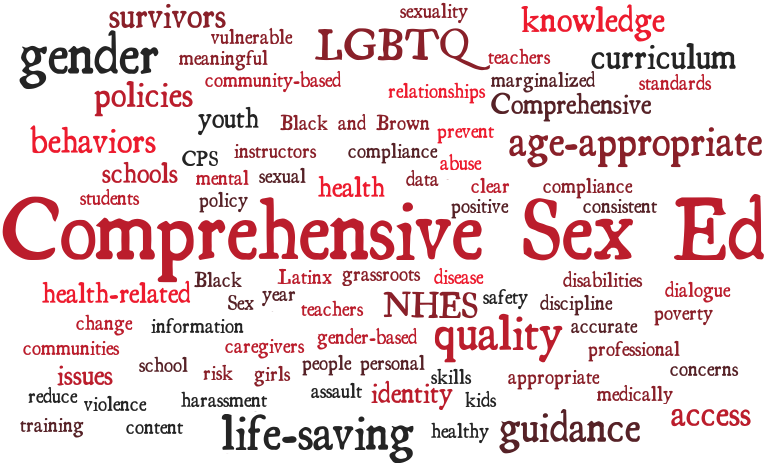Sex Education: How Its Become Less About Sex and Education
Image Credits: Chicago Teachers Union
We’ve all heard the jokes about the ways high school and middle school does very little to prepare us for the real world, from the copious amount of time spent on calculus to the very little time spent on practical skills like finance or self-care. Yet arguably, sex education is one of the most important components of school - giving youth information about sex that critically shapes their attitudes about their own sexuality and sexual practices throughout life. Leslie Kantor, Vice-President of Education at Planned Parenthood reports that over 90% of parents support sex education programs in both middle and high school that cover a wide-range of topics (with some estimates being higher than that). Yet the CDC says only half of high schools and only 20% of middle schools teach all 16 recommended sex education topics by the CDC (which range from contraception education to protection from STIs). It’s time we reassess the ways our sex education programs are falling short in educating youth.
Current sex education does not highlight pleasure nor is it very sex-positive. According to the International Society for Sexual Medicine, sex-positive means recognizing sex is a healthy and enjoyable part of life, being open to sexual practices such as polamory and threesomes, and becoming comfortable with one’s own sexuality. Kantor points out that creating sex-positive sex education that includes discussions about pleasure is a critical baseline for youth so they can differentiate between interactions they may have involving abuse, coercion and lack of consent. Furthermore, shame-based sex education makes women more likely to be the victims of sexual assault or engage in riskier sexual behaviors. But beyond the risks involved with shame-based sex education, such cirriculua reinforces the lesson for women that they don’t deserve pleasure or are impure or dirty for deriving pleasure form sex, and this can lead to to decreases in sexual drive and desire later in life according to Nisha McKensize.
Sex education has long been disturbingly heternormative and this is clearly failing America’s LGBTQ+ youth. The GLSEN 2013 National School Climate Survey reported that only 5% of students have received positive representation of LGBTQ+ related topics, yet 85% of parents want sexual orientation represented in their children’s sexual education programs. The Human Rights Campaign reports that LGBTQ+ youth are 2-3 times more likely to report having gotten someone pregnant and are more likely to report contracting HIV than their heterosexual counterparts. Additionally, LQBTQ+ individuals report being more likely to be sexually assaulted, experience dating violence, have sex while under the infleunce of drugs and alcohol and less likely to report using condoms. Every LGBTQ+ individual has their own timeline and journey to coming out and providing medically accurate information, acknowledging multiple gender identities and sexualities in positive lights, and using gender-neutral terms such as “partner” and “they/them” benefits all students. These practices equip LGBTQ+ individuals who have and haven’t come out with information and makes other students more culturally competent and aware of the needs of their peers.
Additionally, the sex education boys receive is vastly different from what girls receive. According to educator and author Rosalind Wiseman, 46% of sexually active boys did not receive formal instruction about contraception in comparison to 33% of sexually active girls. With the U.S. having the highest rates of teen pregnancy in the Western world (according to the CDC), this gender disparity in sex ed is highly troubling. Beyond snippets of “no means no,” the manner in which boys are taught to get consent is not explained to the degree that is justly necessary. Sexual encounters that fall in the “gray-zone of consent” in which the one person felt the encounter was consensual and the other felt uncomfortable are all too common and it becomes the task of up-to-date sex education that youth are taught to continually seek consent throughout intercourse.
Due to its taboo history and the inherent uncomfort of the subject matter, sex ed can lend itself to biases and the teacher’s own opinions when being taught. Yet its important that school districts make efforts to have as comprehensive and unbiased sex ed as possible. Arming students with information about STI protection, contraception, and pleasure does not increase the likelihood that teens will start engaging in sex earlier, but rather ensures that when they inevitably do start having sex, they will be safe and less likely to need an abortion. But as school districts debate which parts of sex education fit the ambiguously-defined box of “acceptable by societal standards”, students are the ones suffering and becoming more susceptible to pregnany, STIs and coercion. It’s time sex education becomes exactly what is sounds like - comprehensive, objective and data-based education about sex.
By Akansha Das, Premed Student Volunteer

